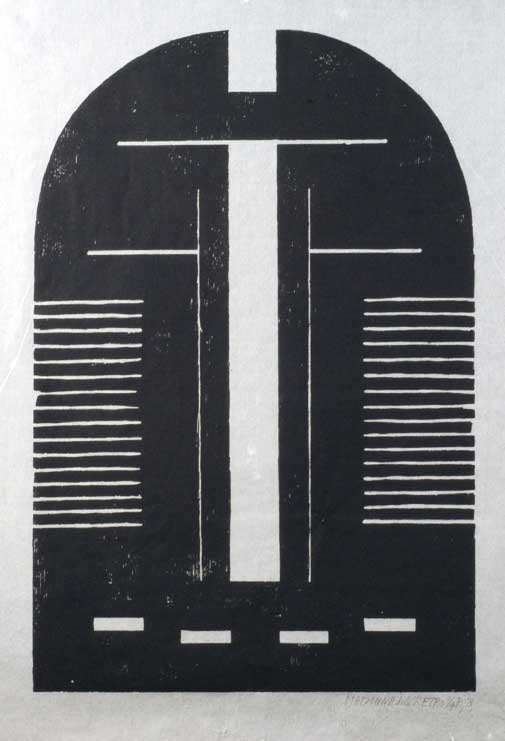- Vol. 04
- Chapter 10

Torre Tagle Palace
When he commissioned the Spanish Baroque palace in 1715 (some say 1730), the 1st Marquis of Torre Tagle, Don José Bernardo de Tagle y Bracho spared no expense, and the materials used in construction were brought to Peru from Spain, Panama and other Central American countries. But the Marquis of Torre Tagle never could have imagined his elegant colonial mansion would one day be home to the Peruvian Ministry of Foreign Affairs. The Torre Tagle Palace was sold by the heirs of the VI Marquis of Torre Tagle to the government in 1918. The palace underwent restoration between 1954 and 1956 by Spanish architect Andrés Boyer.
Many, many years ago, my grandfather was the Minister of Foreign Relations, so I visited Papapa at the stunning palace. The mysterious Moorish looking miradors, or balconies, captured the imagination of a young girl — hidden eyes watching people coming and going in fancy carriages from behind the closed shutters up in the mirador. So, when my grandfather invited me to return and to watch the Lord of the Miracles procession from the mirador, I was over the moon and felt very grown-up to be staying up past my 8 o’clock bedtime curfew.
Carving the exquisite mahogany and cedar miradors was a collaboration between Old World and New World artists and craftsmen, resulting in a harmonious blend of Spanish, Moorish, Asian and Peruvian Criollo designs. The Torre Tagle Palace is located in historic downtown Lima, Peru. It was designated a UNESCO World Heritage site in 1988.
